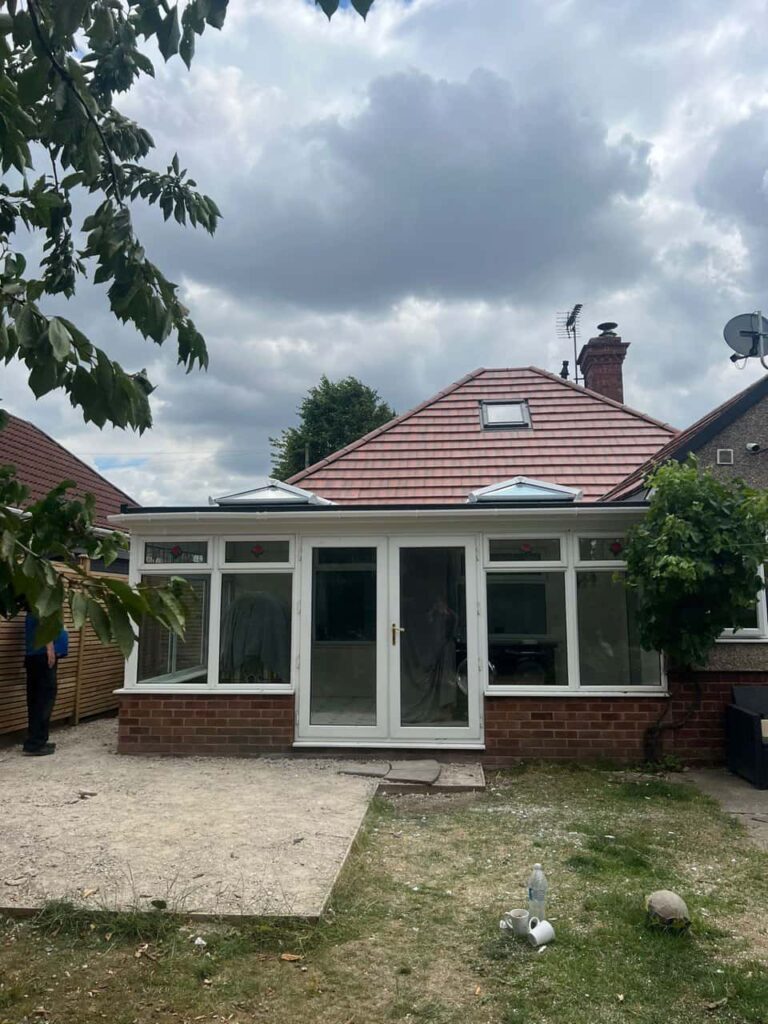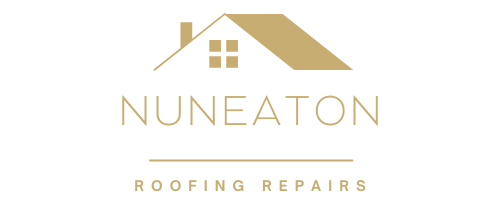A well-sealed roof is essential for protecting your home from water damage and maintaining its structural integrity. Leaks can lead to a host of issues, including mould growth, wood rot, and damage to your belongings. At Nuneaton Roofing Repairs, we understand the importance of a leak-free roof and the steps required to achieve it. In this blog post, we will discuss how to ensure your roof is properly sealed against leaks, providing you with valuable insights for maintaining your property.
1. Regular Inspections
The first step to preventing leaks is to conduct regular roof inspections. Check for any visible signs of damage or wear, such as:
- Cracked or missing shingles
- Damaged flashing around chimneys and vents
- Rusted or broken gutters
- Debris buildup in valleys and around drainage points
Perform these inspections at least twice a year, ideally in spring and autumn, as well as after severe weather events. If you’re not comfortable inspecting your roof yourself, consider hiring a professional to do it for you.
2. Professional Roof Maintenance
Regular maintenance by a qualified roofing professional can significantly extend the lifespan of your roof and prevent leaks. A professional can:
- Clean gutters and downspouts to ensure proper water drainage.
- Inspect and repair any damaged shingles or flashing.
- Apply sealants or protective coatings to vulnerable areas.
Investing in routine maintenance can save you from costly repairs down the line.
3. Properly Installed Flashing
Flashing is a critical component in protecting your roof from leaks. It is typically installed around chimneys, vents, and other areas where the roof intersects with vertical structures. To ensure proper sealing:
- Check that flashing is securely attached and in good condition.
- Look for gaps or signs of rust, which can compromise its effectiveness.
- If any issues are detected, have them repaired or replaced immediately by a professional.
4. Quality Materials
Using high-quality roofing materials is vital for ensuring your roof is properly sealed. When replacing or repairing your roof, consider the following:
- Choose reputable brands: Opt for roofing materials known for their durability and effectiveness in preventing leaks.
- Consider warranties: Quality materials often come with warranties that can provide additional peace of mind.
5. Sealant Applications
Applying sealants to various parts of your roof can further enhance its leak resistance. Pay special attention to:
- Ridge caps: Apply a high-quality sealant to the ridge caps to prevent water from seeping underneath.
- Valleys: Ensure that valleys, where two roof planes meet, are properly sealed to prevent water pooling and leakage.
- Around penetrations: Use sealants around vents, pipes, and other penetrations in your roof to create a watertight seal.
6. Ensure Proper Insulation and Ventilation
Improper insulation and ventilation can lead to condensation, which may eventually cause leaks. To maintain a properly sealed roof:
- Ensure that your attic is well-ventilated to prevent moisture buildup.
- Check insulation levels to ensure that heat does not escape, which can cause snow on the roof to melt and refreeze, leading to ice dam formation.
7. Act Quickly on Repairs
If you notice any signs of leaks or damage, address them immediately. Delaying repairs can result in more extensive damage and costly repairs. If you’re uncertain about the severity of an issue, contact a professional roofing service for an assessment.
Conclusion
Ensuring your roof is properly sealed against leaks is essential for protecting your home and maintaining its value. By conducting regular inspections, investing in professional maintenance, and using quality materials, you can significantly reduce the risk of leaks.
Call us on: 024 7542 4593
Click here to find out more about Nuneaton Roofing Repairs
Click here to complete our contact form and see how we can help with your roofing needs.

